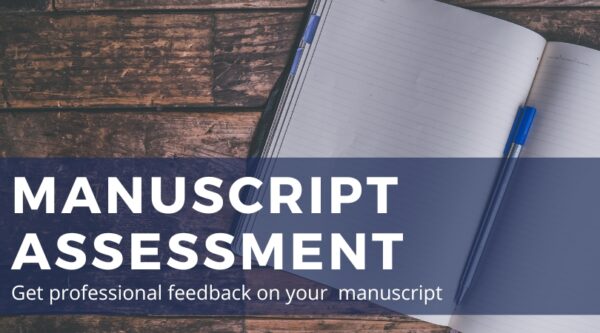Writing a synopsis is no easy feat. Boiling down a whole immersive manuscript into one page of summary is a task that calls for focus and care. We have compiled the following resource as a guide, but it is, of course, one of many ways to approach writing an effective synopsis.
If you would like feedback on your synopsis, book into a manuscript assessment with one of our experienced assessors.
It can help to take a structured approach. The following exercise takes a common narrative structure and invites you to answer each point with one or two sentences in response. Although your story may be different in form, try to find some critical event that fits into the space.
As a rule of thumb, don’t name more than three characters from your novel in the synopsis. Identify all the others using their roles (e.g. the pilot, the sister). Avoid including subplots—stick to the main events of the plot.
And don’t be tempted to build up suspense: you have to tell the ending! The synopsis must show that you can tell your story the whole way through. A synopsis with a cliff-hanger is not intriguing; it is annoying.
All in all, a synopsis should be halfway between a sales pitch and a summary of the story. You have to explain what happens, but you are also showing that you can hook a reader’s attention and tell a compelling story. Show your writing at its best, while keeping the style both simple and direct. Be careful not to give too much detail of what happens in the story (plot) and not enough discussion of what it is about (theme).
You will also want to start with a sentence that specifies the length of the book, its genre, and where it might be positioned in the market. For example: “Bateman’s Bae is a 70,000-word rural romance that will appeal to readers of Rachel Treasure and Cathryn Hein.”
A final word of advice from our tutor Laurel Cohn: start early! Don’t put off writing your synopsis until the end—it will probably go through even more drafts than the manuscript itself.
Now to the exercise!
Exercise: Fill in the blanks
- Opening image
An image/setting/concept that sets the stage for the story to come
- Protagonist intro
Who is the main character? Give a brief description and explain what they want
- Inciting incident
What event/decision/change prompts the protagonist to take their initial action?
- Plot point 1
What is the first turning point? What action or decision does the protagonist take that changes the book’s direction for good?
- Conflicts and character encounters
Now the main character is experiencing a new life, what happens? Introduce the antagonist.
- Midpoint
What is the middle turning point, causing the protagonist to change direction/emotion?
- Positivity and difficulty
What happens to make the protagonist think they’ll prevail? How is this changed/reversed?
- Dark moment
What happens now that the main character must work through the darkness and find strength for the final struggle?
- Climax
What takes place in the final confrontation between protagonist and the antagonist?
- Resolution
Does everyone live happily ever after? What happens to tie up loose ends—or not?
- Final image
What is the last image to leave your reader with? Has the main character succumbed or prevailed? What does their new life look like?
After you have filled out the answers, rewrite these sentences in order somewhere else. Take the red pen to eliminate unnecessary words, tighten up phrasing, and make sure your sentences vary in structure. Aim for under 500 words at this point. You will need to add in some connective words and phrases, in order to make sure it works as a whole. You can also add any events or information that are really truly needed for explanation or flow. Then, as with all good writing, you will need to revise, rewrite, and edit.
* * *
Thanks to Publishing Crawl for their synopsis guide, which inspired this resource sheet.
More from Writing NSW
Check out our full range of writing courses in Sydney, our online writing courses and our feedback programs to see how we can help you on your creative writing journey. Find out about our prizes and opportunities, as well as writing groups across NSW, and sign up to our weekly newsletter for writing events, opportunities and giveaways.

